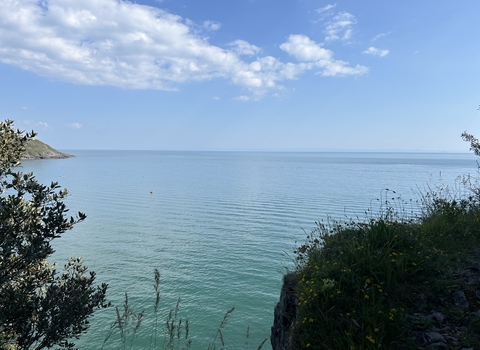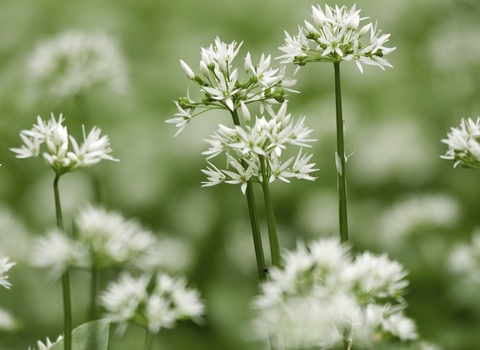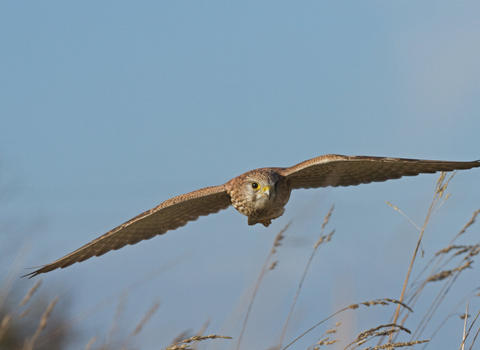Important Notice
We are sorry but at the present time we have decided to close this nature reserve to the public. This is due to the presence of Ash Dieback in the trees.
Our detailed assessment of the number and health of the ash trees (and the risk they pose to site users) determined that making enough trees safe would cause too much harm to the nature reserve, especially the species that depend on ash. It would also reduce our ability to learn about any resilience these local trees might have.
Therefore, with wildlife in mind, we have decided to leave the trees standing- but that means we reluctantly have to close public access here until further notice. This decision will be kept under review and this site updated if the situation changes.
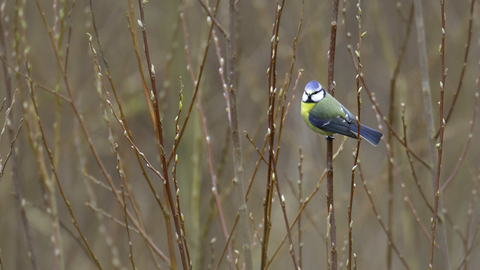
© Jon Hawkins - Surrey Hills Photography
Peel Wood, Oystermouth, Swansea
Location
Know before you go
Dogs
When to visit
Opening times
Open access reserve.Best time to visit
Spring, summer and autumn.About the reserve
Peel Wood occupies the site of the former Callencroft quarry. The woodland canopy is dominated by Sycamore, with Ash and Oak as a lesser component. The ground flora has displays of naturalised Daffodils and Solomon’s Seal in early spring which later gives way to Wild Garlic. Ivy predominates, with plentiful Hart’s Tongue and Soft Shield Fern.
The quarry cliffs support an interesting bryophyte and fern flora.
There is a good range of woodland birds including breeding Tawny Owl, Great Tit, Blue Tit and Wren.
This is a site to see the locally rare Marble White butterfly.
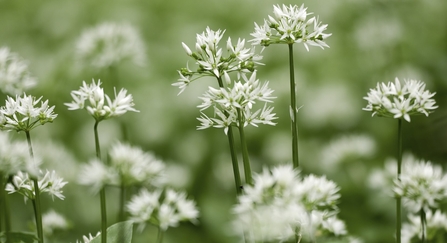
Wild garlic. Ross Hoddinott/2020VISION

